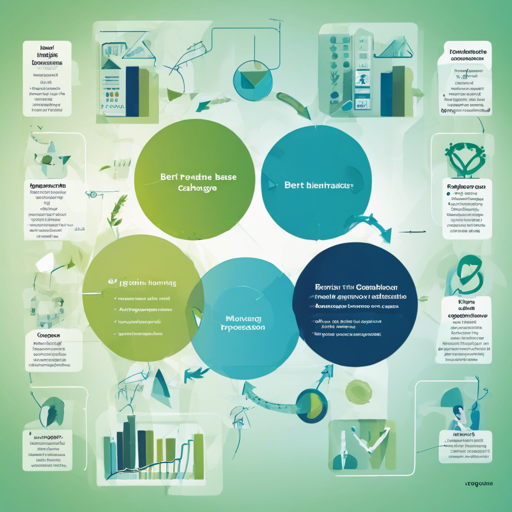Welcome to an insightful guide tailored for researchers and practitioners interested in harnessing advanced language processing technologies. In this article, we will explore how to effectively use the Bert-base-german-cased model, specifically fine-tuned on the Valence level of the GLoHBCD Dataset, to analyze user utterances around behavior change in the context of weight loss.
Understanding the GLoHBCD Dataset
The GLoHBCD Dataset is a novel German dataset that employs Motivational Interviewing client behavior codes to evaluate user conversations. It serves as an insightful resource to gauge users’ sentiments about behavior changes concerning weight loss.
What is the Bert-base-german-cased Model?
The Bert-base-german-cased model is a pre-trained transformer model capable of understanding context and semantics in the German language. This model has been finely tuned to classify text related to behavior change, distinguishing between two types of discourse:
- Change Talk (1): Utterances expressing a willingness or desire to change.
- Sustain Talk (0): Utterances favoring the status quo, reflecting ambivalence or resistance to change.
How to Implement the Model
To get started with the Bert-base-german-cased model, follow these simple steps:
- Clone the dataset from GitHub:
- Install relevant libraries:
- Load your model in Python:
- Preprocess the text you wish to evaluate:
- Interpret the model predictions for Change Talk or Sustain Talk.
git clone https://github.com/SelinaMeyer/GLoHBCDpip install transformers torchfrom transformers import BertTokenizer, BertForSequenceClassification
tokenizer = BertTokenizer.from_pretrained('dbmdz/bert-base-german-cased')
model = BertForSequenceClassification.from_pretrained('path_to_your_finetuned_model')inputs = tokenizer("Your text here", return_tensors="pt")
outputs = model(**inputs)Analogy: Understanding Model Performance
Think of the Bert-base-german-cased model as a skilled translator who specializes in motivational conversations. Just like a translator identifies nuances in language and meaning, this model recognizes whether a user’s words support a behavioral change or maintain the current state. For example, if a person expresses a desire to lose weight, that is their “Change Talk.” Conversely, if they say, “I love eating junk food,” that’s “Sustain Talk.” The model helps filter out these expressions, giving practitioners insights into user attitudes towards change.
Troubleshooting Tips
While using the model, you might encounter some issues. Here are a few troubleshooting suggestions:
- Ensure you have the right dependencies installed: Double-check your library versions and the model path.
- Input length errors: Keep your input text within the model’s maximum token limit, typically 512 tokens.
- If results are unexpected: Consider fine-tuning the model further with more specific data.
- For more insights, updates, or to collaborate on AI development projects, stay connected with fxis.ai.
Conclusion
By using the Bert-base-german-cased model fine-tuned with the GLoHBCD dataset, you can gain valuable insights into the motivational nuances of user language regarding behavior change. By tracking the differences between Change Talk and Sustain Talk, you’ll be better equipped to support users in their weight loss journeys.
At fxis.ai, we believe that such advancements are crucial for the future of AI, as they enable more comprehensive and effective solutions. Our team is continually exploring new methodologies to push the envelope in artificial intelligence, ensuring that our clients benefit from the latest technological innovations.

